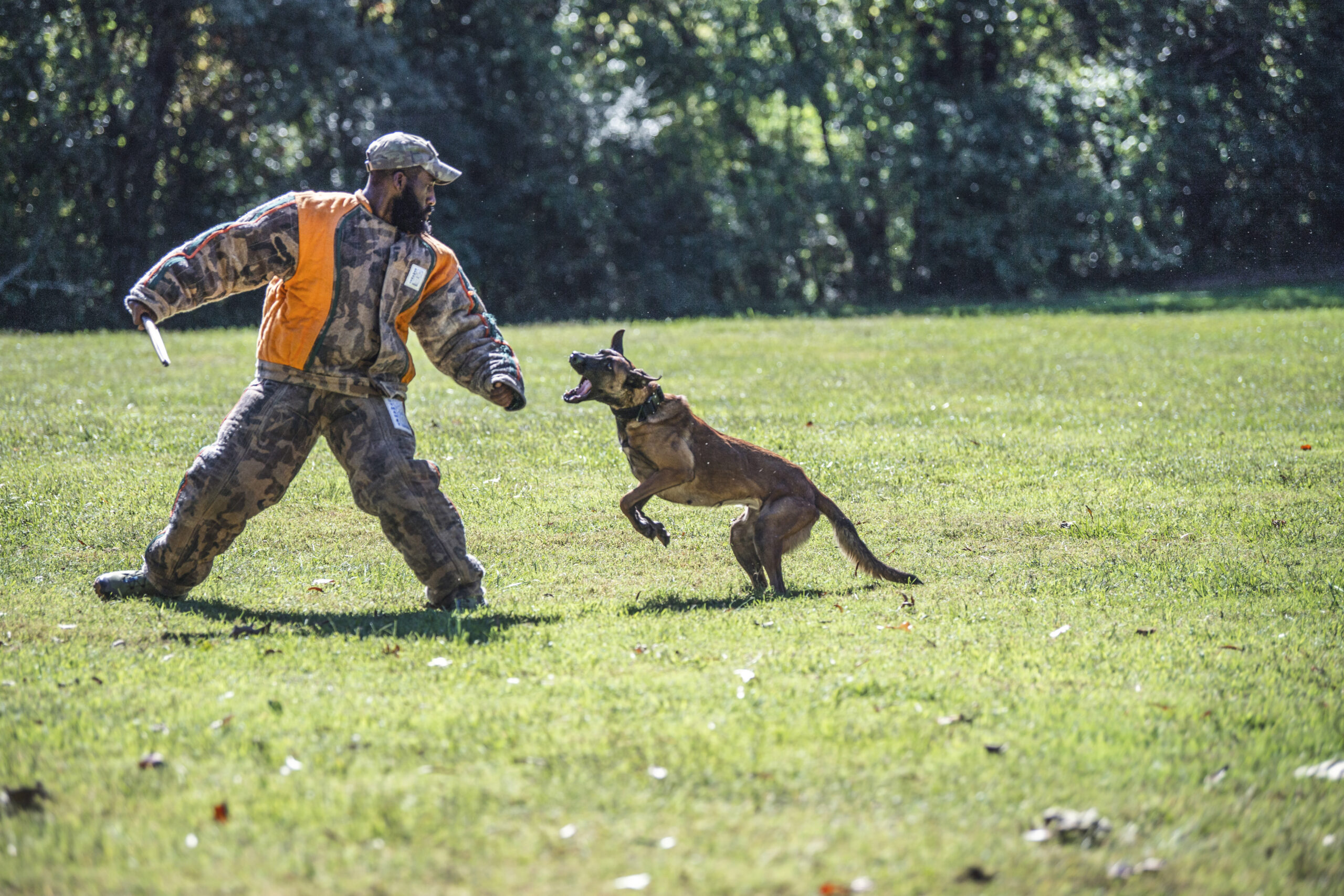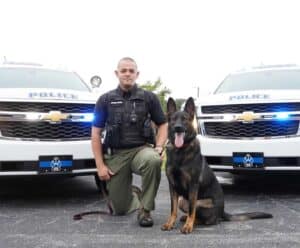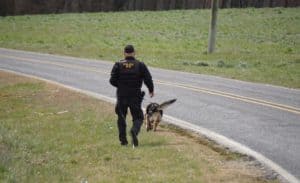When you see, hear or read about the work of a police dog – for example, after a bomb detection dog has identified a mere trace of explosives concealed in luggage at an airport, or a patrol K9 has apprehended a fleeing suspect – it may be easy to forget that there is a comprehensive training process which contributed to that outcome.
Operational success is, of course, the end goal for all K9 teams. But to attain that goal, the only way they can perform reliably is through a training regimen that truly sets the dog up for success. Naturally, as with any new skill, there is a time investment required to bring the K9 up to the level required for deployment in the field. But just how long does it take to train a police dog?
To answer that question – and to gain an overview of the general process for police and military dogs trained by our team at Highland Canine Training – we spoke with the Manager of our Working Dog Division, Shana Parsnow. Shana has been a key part of our team for several years, and will be familiar to anyone who has attended our handler schools.
What is involved with Police K9 Training?
The aim of any Police K9 training program is to build a well-rounded, stable and capable dog who will perform reliably when they become a fully-fledged member of a law enforcement team.
Before training even begins, it is vital to ensure that the dog being selected has the correct temperament, drive and capabilities to perform a given job. Working dog candidates can be tested as puppies for these qualities, but similar evaluations can be carried out on dogs who are adolescents. Some breeds used as Police K9s are better suited to certain types of work.
Police K9s can be either trained as single-purpose or dual-purpose dogs. The type of police work the dog is being trained for will dictate the exact nature of the training program – and the stages contained within it. As one example, a narcotics detection dog will spend time being imprinted on the odors they will be trained to find, and will eventually build on this training with a trained final response (TFR) to indicate to their handler the presence of the target odor.
How long does the training process take?
While the duration of the training process may vary from dog to dog – after all, dogs aren’t robots, and will always learn at slightly different speeds – there are typical averages within the training process at Highland Canine.
“From start to finish, training a police dog typically takes around 16 weeks,” says Shana. “This is when we start with an adult dog who has the correct drive and temperament for the job.”
This timeframe can vary, particularly when working with puppies from a very young age, as Shana explains.
“When we raise dogs from puppies, those puppies are usually in training from eight weeks old until they are 12-18 months old.
This not only offers us time to work on the skills that will make them a great police dog, but it also allows our trainers to build a solid foundation of socialization and control.”
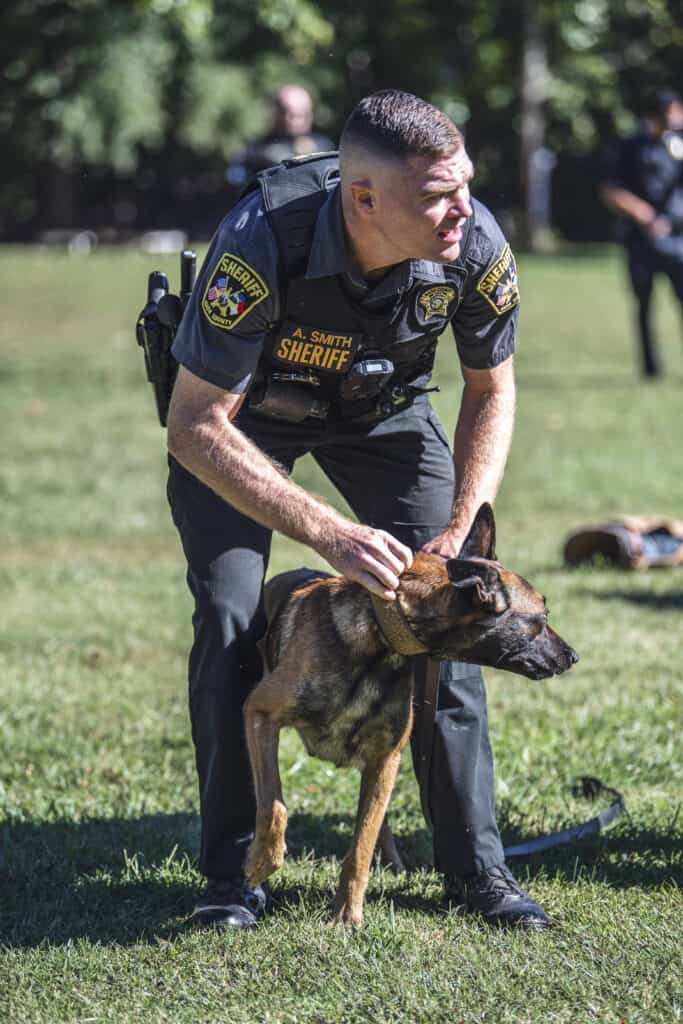
Which factors can influence the time it takes to train a Police K9?
There are a few factors that can cause the Police K9 training process to take longer – or shorter – than expected. These include:
- The complexity or difficulty of the task(s) that the Police K9 is being trained to perform
- The dog’s inherent drive and aptitude for its given task(s)
- The age of the dog, and its trainability
- How quickly the dog grasps new training concepts
- The time that the trainer is able to invest in the training process
Ultimately, the combination of some (or all) of these factors will have an impact on how long it takes to train a Police K9.
Are there variations between training different types of Police K9s?
As mentioned above, the complexity of the given tasks have a large influence on the time it will take to train a police dog. The tasks that the dog is trained to undertake will be determined by its eventual purpose when it becomes operational.
“There is a lot of variation in training time between the different types of Police K9s,” says Shana. “A cadaver dog does not need to learn as many odors as a bomb dog, but they do need to learn how to cover very large areas efficiently in the outdoors.
For patrol dogs, they will need to learn many different skills – it will need to learn more than simply how to identify a single odor. They will need to learn on and off-leash obedience, articles, trailing, detection and apprehension. While their searches may not be as complex as an HRD dog, they have a lot more to learn that will usually result in a lengthier timeframe.”
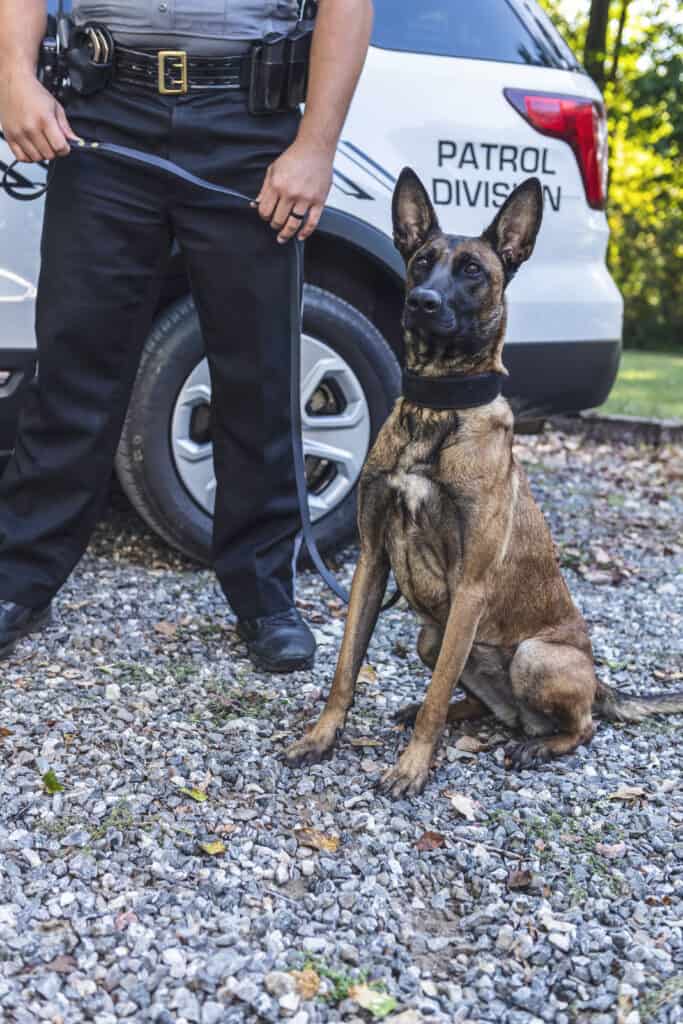
Refresher training and K9 recertification
After the initial training is complete and the dog is deployed, K9 teams should continue to hone their skills through structured training exercises. This ensures that the K9 remains at the top of its game when the time comes for an operational situation that requires them to use their training.
At Highland Canine, we recommend that teams come in for recertifications on an annual basis to ensure their K9’s capabilities remain to a high standard.
Remember - handler training matters, too
It is important to note that training the dog is only one half of the equation. Prospective K9 units should not overlook the importance of handler training – while a capable handler can unlock the maximum potential and benefit from their K9 partner, an ineffective one will struggle to control or use their dog effectively.
We have always placed a huge emphasis on our comprehensive K9 supervisor and handler training programs, which provide a mixture of hands-on training and theory to help handlers understand how to get the most out of their K9. We also offer online training programs to make this valuable information as accessible as possible.

